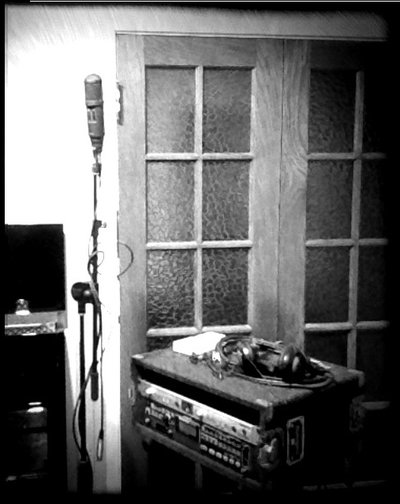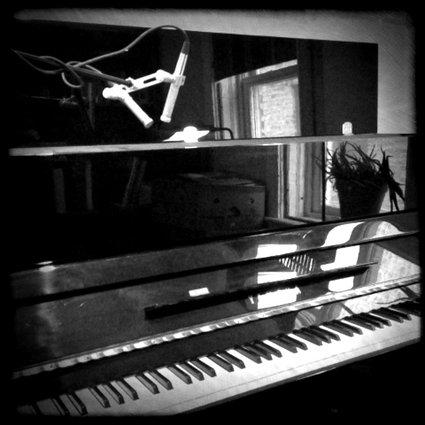D Bayne Blog
Environmental Sound and the Limitations of Hearing
Chicago | April 2012
We are surrounded. From the moment we wake up to the time we fall asleep, our ears constantly sense the vibrations of innumerable air molecules encircling us. We comprehend these oscillations are sound.
During all our daily activities, this is a constant accompaniment. Most of us are always hearing something; unlike vision, we cannot close our ears. To fight this constant barrage of signals, our earliest animal ancestors developed a remarkable ability to unconsciously distinguish between pertinent sound and noise. What was once a survival mechanism, we now use for more modern purposes.
Through the Industrial Revolution and the Technological Age, the variety and volume of artificial, machine-made noise has grown substantially. Most of these sounds have little meaning to us directly; instead they are only a byproduct of utilitarian functions or other practical needs.
If we gave equal consideration to every sound we hear, our senses would be overwhelmed. Yet through this act of filtering, we end up missing something interesting, invisible, mundane, hidden - even possibly beautiful.

Constructing Duets From Borrowed Forms
Chicago | April 2012
The project Meditations on Present Time is an open collection of duets between found sound and piano. Each field recording is less than five minutes in length. An image taken at the site where each field recording was made ties the recording to a place and to a lesser extent a time.
Each duet is both a reaction to the general tone of the recording as well as a dialog with the inherent narrative of each selection. In some cases, these narratives are nearly static. In other cases, more dramatic.
Through repeated listening, sonic details appear that anyone would miss outside the context of a field recording. Examples might include automobile tires against wet pavement, aircraft overhead, the slow, periodic shift in pitch of a diesel engine or a woman's passing laugh.
Outside of the recording, these sounds would never be heard twice in the same order or combination. The act of recording is the act of building a frame. The purpose of the piano in this duo is to react to the found composition of the sonic elements in each short recording and reinforce the unique narrative found within each one.
